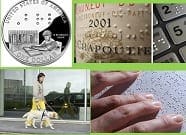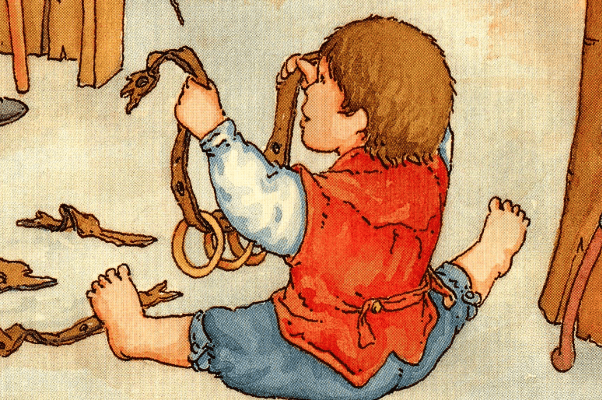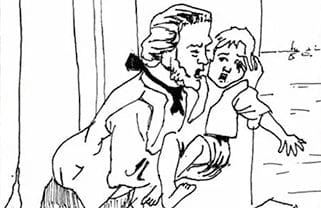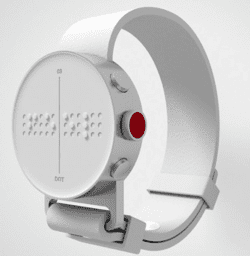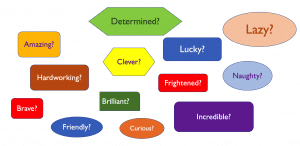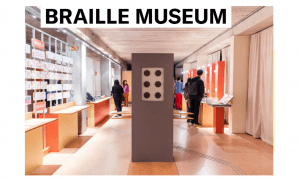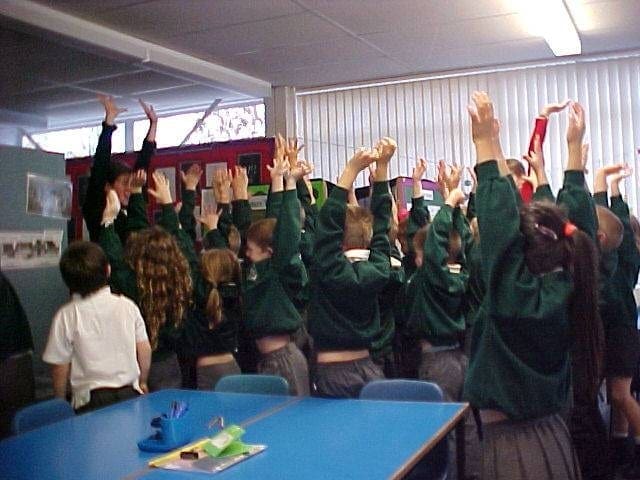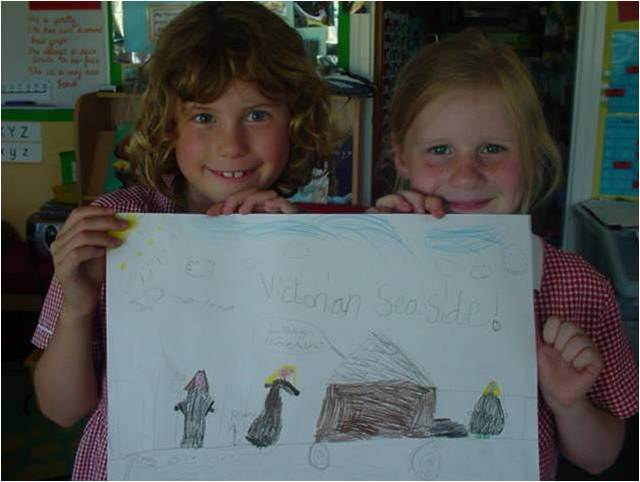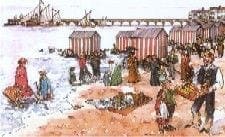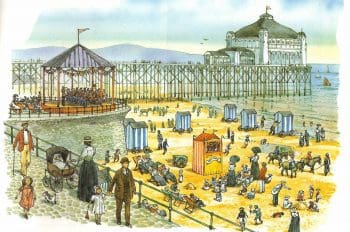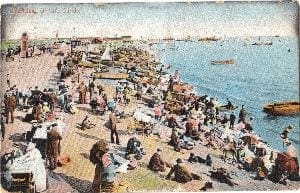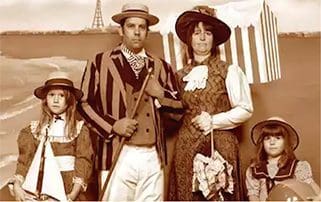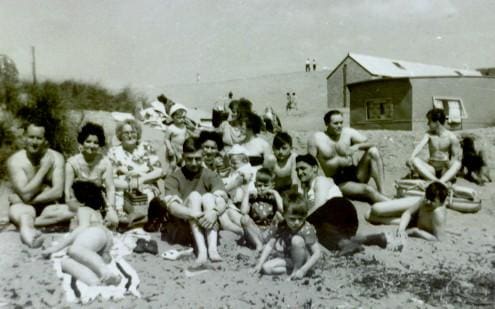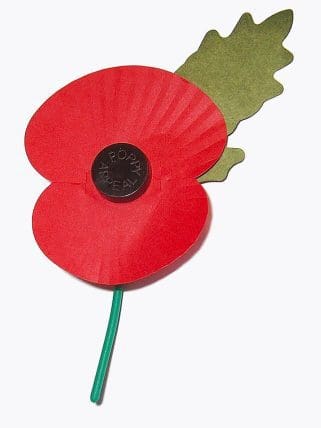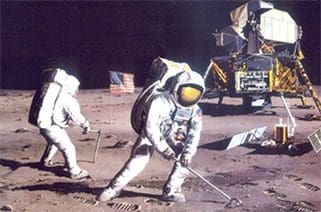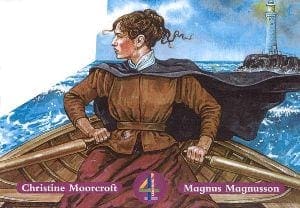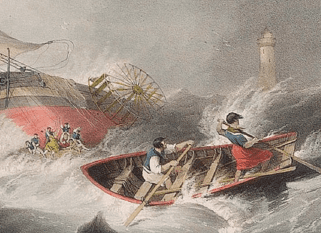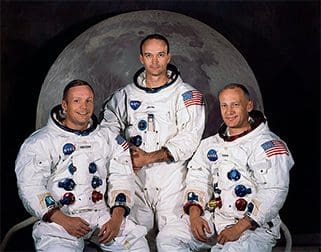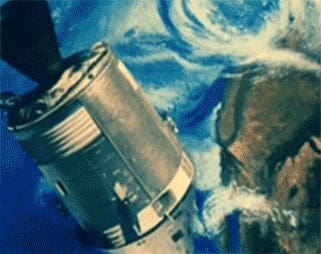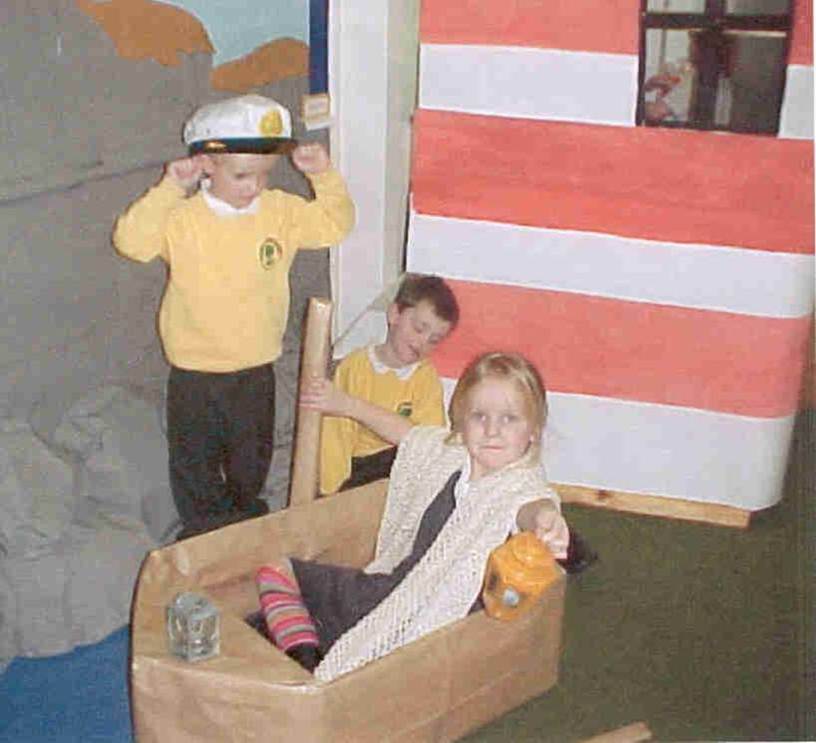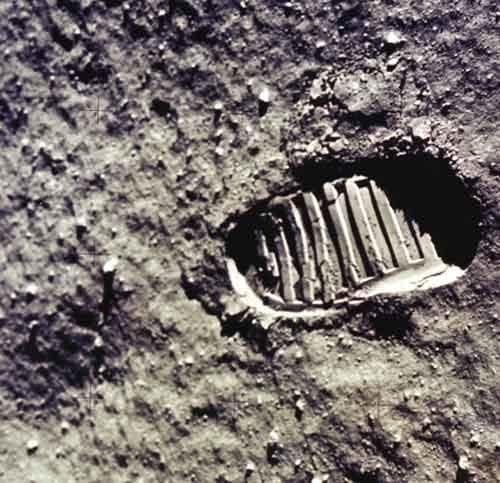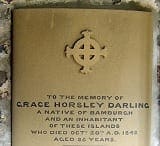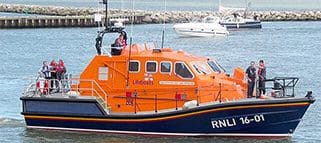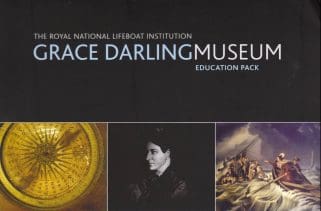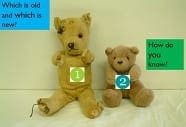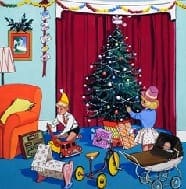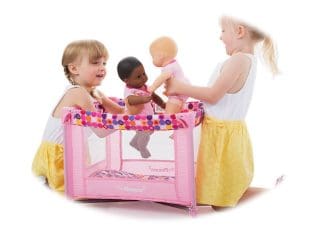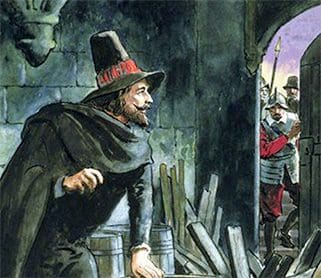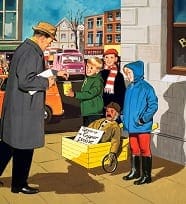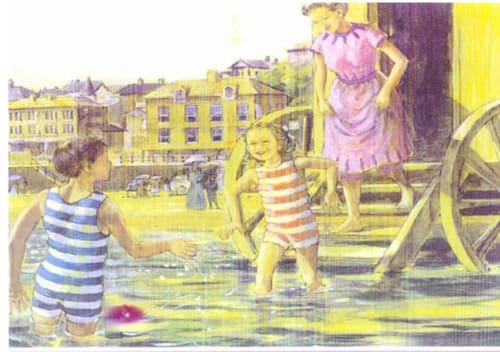Teaching Year 1 History
KS1 Medium Term Planner: Louis Braille
The current history curriculum at KS1 asks schools to provide a little more coherence in their choice of significant people…
Read MoreLouis Braille – KQ1 – Why do you think Louis Braille is remembered today: Smart task
This session comprises two activities. Activity 1 – Pupils try to work out why Braille might be famous from visual…
Read MoreLouis Braille – KQ2 – What were the most important moments, and who were the most significant people, in Louis Braille’s life?
This session comprises 3 key activities, so it is important to devote sufficient time to it. Please note that activities…
Read MoreLouis Braille – KQ3 – What motivated Louis? Why did he decide to invent a system of writing for the blind? Smart task
In contrast to the multi-faceted KQ2, these two relatively short activities will not take as long. They focus on Louis’…
Read MoreLouis Braille – KQ4 – What changes to people’s lives did Louis make?
Step 1 This is a short activity in which pupils are asked to think of any uses of Braille they…
Read MoreLouis Braille – KQ5 – What makes Braille so special? Smart task
This very short task is preliminary to the major task that follows in KQ6 which explores how we should commemorate…
Read MoreLouis Braille – KQ6 – What should go in our Braille museum? Curator’s dilemma
Set the scene When Louis died no national papers covered the story. 100 years later in 1952 his body was…
Read MoreTeaching the Gunpowder Plot to Key Stage 1
Ever since the Gunpowder Plot was included in the Programme of Study for Key Stage 1, there have been howls…
Read MoreKS1 History Planning for Going to the Seaside topic
Medium term planning and planner for Going to the Seaside KS1 This history topic has been designed to be taught…
Read MorePlanning for a cross-curricular topic on Going to the Seaside
This advice with associated downloadable resource below is for KS1 teachers planning a cross-curricular topic and focuses on how to…
Read MoreGoing to the seaside – KQ1 – What was going to the seaside like 100 years ago? Writing a quality postcard home, avoiding the martini syndrome?
If you have ever asked children in Y1/2 to write a postcard home as if it were from Victorian times…
Read MoreGoing to the seaside – KQ2 – What did people do at the seaside 100 years ago?
From mime to movie. SMART TASK This fun activity is carried out by children working on tables of six. Half…
Read MoreGoing to the seaside – KQ3 – How do we know what holidays were like 100 years ago?
Designing an authentic Edwardian Seaside Poster This KS1 history lesson uses the Mantle of the Expert approach to place pupils…
Read MoreGoing to the seaside – KQ4 – Do we go on seaside holidays for the same reason people went 100 years ago?
Children discuss the reasons they might have for going on a seaside holiday NOW and then think of the different…
Read MoreGoing to the seaside – KQ5b – How have seaside holidays changed? What our grandparents tell us
This lesson finds children producing a questionnaire, collecting data from grandparents, feeding data into a database and then drawing conclusions. …
Read MoreRemembrance Day – When did we start wearing poppies and have we always done so?
More than a century ago, in 1921, paper poppies were first sold to raise money for returned soldiers of the…
Read MoreKS1 Medium term planner: Toys through time (Term 1 or 2 of Y1)
This is one of the earliest topics to be taught at EYFS/KS1 following on from Myself. As we know this…
Read MoreKS1 Medium Term Planner – Man’s First Moon Landing Y2
The current history curriculum at KS1 asks schools to provide a little more coherence in their choice of famous people…
Read MoreMoon Landing – KQ1 – Has man ever been to the moon and how can we know for sure?
Varied introduction to the Moon Landing topic with pupils actively involved in sequencing, speculating and then the killer activity called…
Read MoreGrace Darling – KQ1 – Setting up the enquiry – What did Grace do that made her famous …and why is she remembered today?
This is the first lesson on an enquiry into Grace Darling: what she did, and why she was famous. The…
Read MoreGrace Darling – KQ2 – Why did Grace Darling act in the way she did?
An active lesson in which pupils generate adjectives and then use a Diamond-4 ranking activity, followed by hot seating, to…
Read MoreMoon Landing – KQ2 – Why did the astronauts risk their lives going to the moon?
This session for KS1 children comprises three distinct activities. Activity 1 – Story telling Activity 2 – Diamond 4 Activity…
Read MoreMoon Landing – KQ3 – How were they able to get to the moon and back safely?
This lesson focuses on how the astronauts were able to get to the moon and back safely. There are 2…
Read MoreGrace Darling – KQ3 – Did Grace Darling really carry out the brave rescue on her own?
This Year 1 lesson on historical interpretations starts with a stark comparison of 2 images of the rescue showing very…
Read MoreMoon Landing – KQ4 – What did they do on the moon?
This lesson uses differentiated resources as a starting point to help children access the detail of man’s first steps on…
Read MoreGrace Darling – KQ4 – How do we know about Grace Darling’s actions which happened so long ago?
There are two distinct elements to this session. Firstly, pupils develop a sense of period and of evidence by thinking…
Read MoreMoon Landing – KQ5 – Would you take the Golden Ticket and travel to the moon?
This lesson follows on from lessons introducing the reasons why men first went to the moon, what they did when…
Read MoreGrace Darling – KQ5 – How did sea rescue improve as a result of Grace Darling’s story?
This session comprises 2 principal activities: matching descriptions of lifeboats to time periods to deepen pupils’ sense of change, continuity…
Read MoreGrace Darling – KQ6 – How should we remember Grace Darling?
This last key question of 6 on the medium-term planning, focuses on her legacy and why we should commemorate her….
Read MoreToys – KQ3 – How can we tell these toys are old?
This smart task complements the existing lesson on the site using ICT . Rather than re-write the whole lesson this…
Read MoreToys – KQ4 – What sorts of toys did our grandparents play with and how do we know?
Optional question: What toys did our grandparents get as Christmas presents when they were your age? Start with a discussion…
Read MoreToys – KQ5 – Who played with these toys in the past? and how can we know?
This is particularly suitable as an extension question for the older/ higher attaining pupils in KS1 if you are teaching…
Read MoreGunpowder Plot Smart Task: Dear producer
Over the last few sessions, the children have become familiar with the story of the Gunpowder Plot using a range…
Read MoreThe Gunpowder Plot: Prove it using a gallery of images
This skilfully differentiated lesson places pupils in the role of detectives that have to find evidence to back up statements…
Read MoreBonfire Night when Granny was a girl: Smart Task
These activities have been designed for the current curriculum, covering the past within living memory and commemorative events. The three…
Read MoreSmart Task: KS1 – Assessment in history
Key Stage 1 assessment in history It is really hard to find quality examples of assessment tasks at Key Stage…
Read More
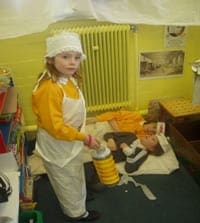 Knowing and being able to explain the sequence in which your pupils will experience their history topics is an important part of the history subject leader’s role. But it can be difficult to be sure what works best. With our wealth of experience we are well placed to give you this crucial advice. Indeed, we nail our colours to the mast so that our planning, lessons, assessment and progression all follow the same rationale and are pitched to particular year groups.
Knowing and being able to explain the sequence in which your pupils will experience their history topics is an important part of the history subject leader’s role. But it can be difficult to be sure what works best. With our wealth of experience we are well placed to give you this crucial advice. Indeed, we nail our colours to the mast so that our planning, lessons, assessment and progression all follow the same rationale and are pitched to particular year groups.
